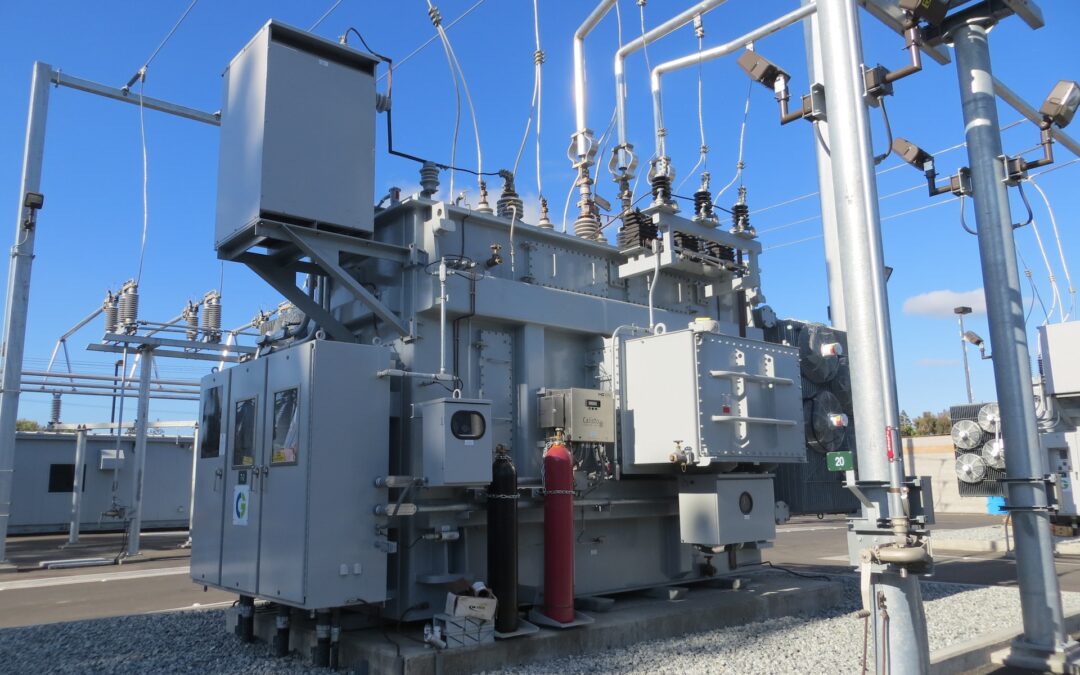## Decoding Load Shedding
If you’ve ever been in South Africa when the lights suddenly go off, you’ve probably encountered load shedding. At its basic level, load shedding Cape Town is a controlled, deliberate shutdown of electricity to parts of the energy distribution system. It’s not a random power cut but a systematic one, to prevent the whole grid from collapsing under strain.
## Why South Africa?
South Africa’s main power supplier, Eskom, has a substantial deficit in supply due to years of underinvestment and aging power stations. Notably, Eskom produces a significant portion of Africa’s electricity – around 95%. Hence, if Eskom goes under, major parts of Africa go dark. Therefore, rather than risking total blackouts, Eskom uses load shedding.
## Understand the Stages
Eskom has designed the load shedding procedure into a systematic approach by introducing stages. They range from Stage 1 to Stage 4, each effectively representing the severity of the power deficit. Stage 1 is a ‘light’ load shedding phase, where as Stage 4 indicates the critical need to save the grid from complete blackout.
## Prepare and Adapt
There’s not much you can do to prevent load shedding, but there are ways to adapt. Residents generally receive alerts indicating the load shedding schedule in their area. These specify the date, time, and the estimated duration. This allows individuals to plan their day around these outages. Investments in uninterruptible power supply units or generators, candles, gas equipment, and other alternative sources of power can be effective.
## A Look into the Future
Eskom’s problems are deeply rooted and solving them won’t be a quick task. The South African government is exploring different solutions to address the crisis. These include upgrading the current power stations and tapping into renewable energy resources.
In the end, power supply is about much more than flipping a switch—it’s about uplifting a nation. While the process of finding a permanent solution to load shedding continues, South Africans are becoming adept at maneuvering their way around the outages, highlighting their resilience in a time of uncertainty.
Load shedding in South Africa, hence, isn’t merely about temporarily dousing the lights; it’s a reflection of broader socio-economic challenges that the country must overcome in its journey towards a brighter, empowered future.

